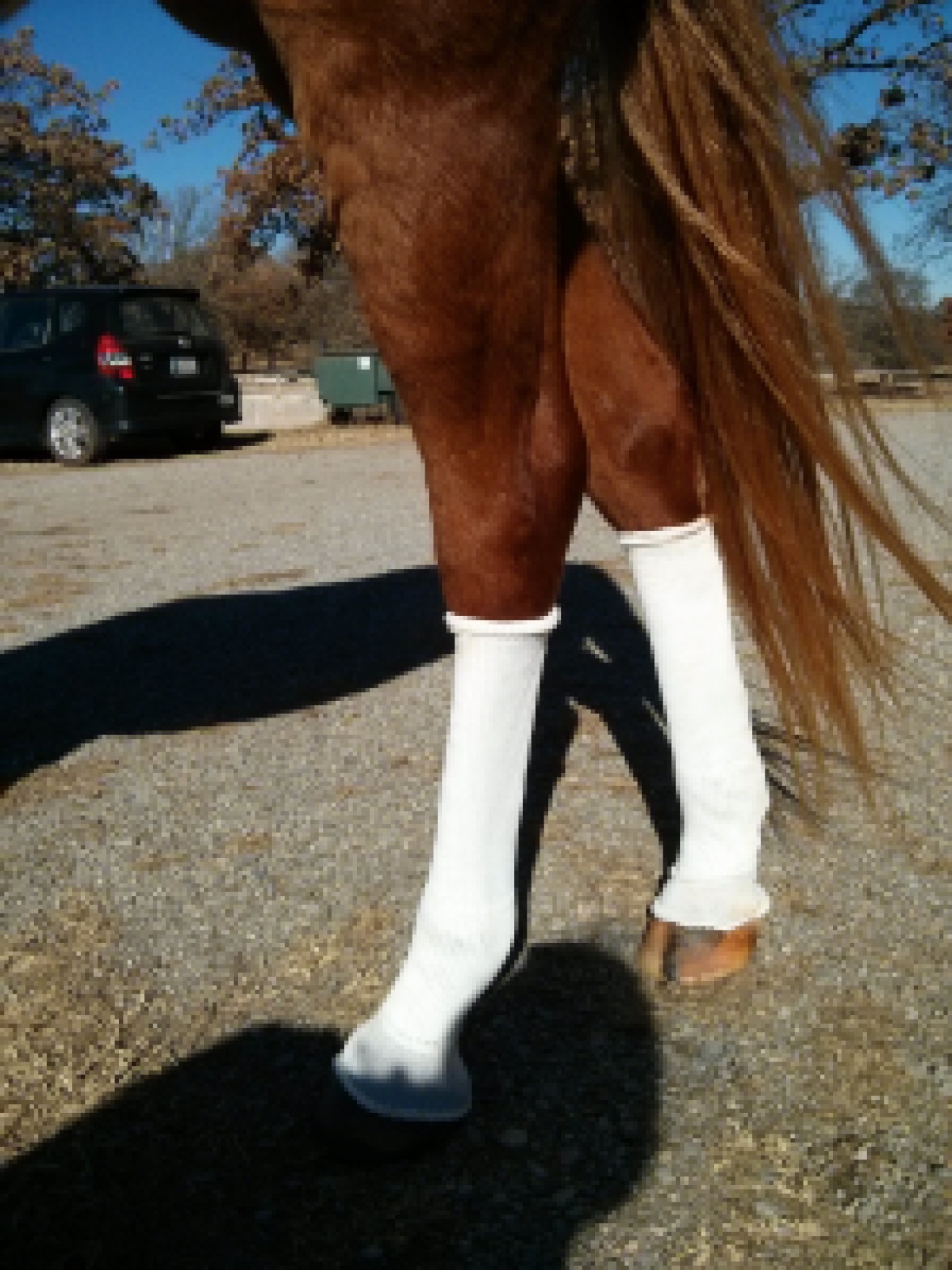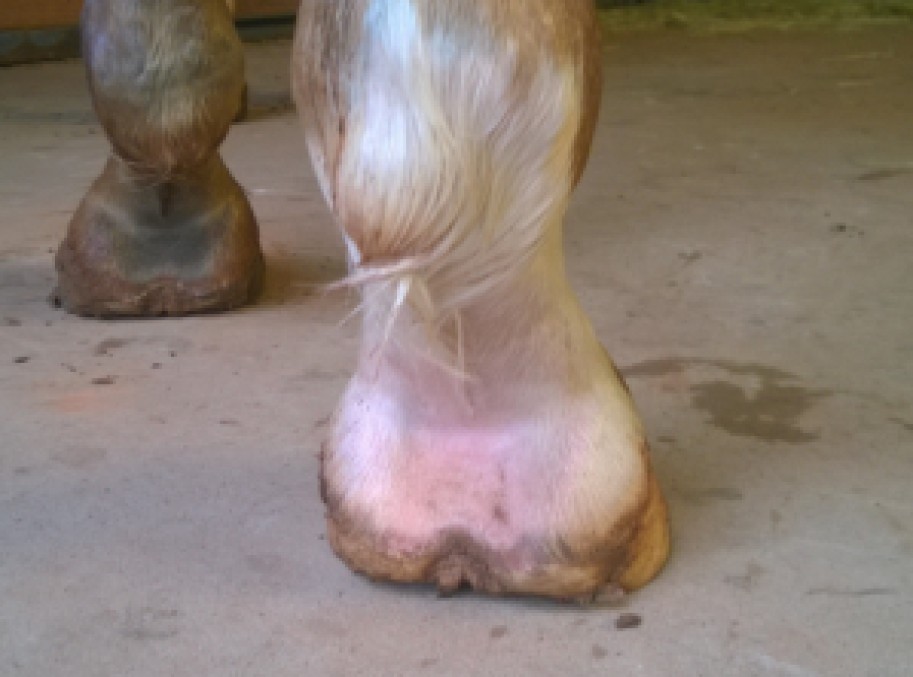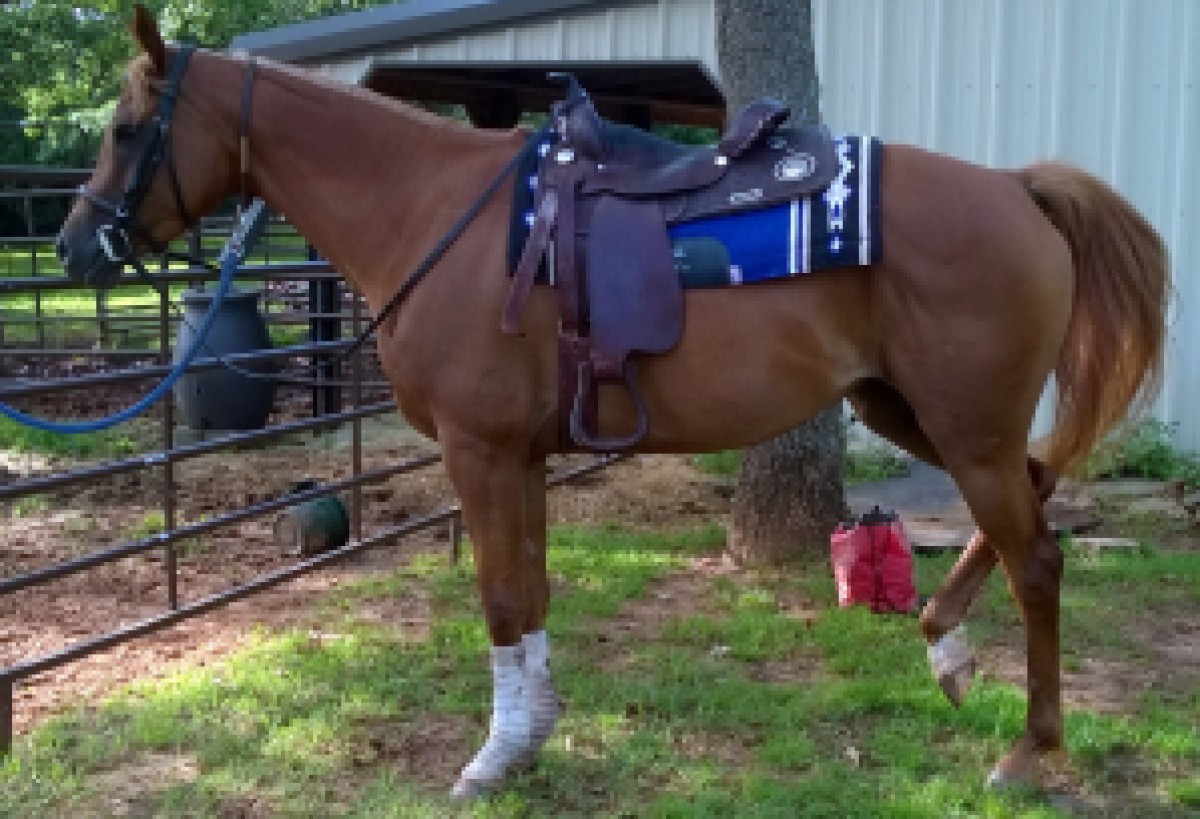Horse scratches, and no, not the kind that come from sharp objects or cats. Scratches are also known as “mud fever” or “pastern dermatitis” (arestines in Spanish). They appear on the bulbs and back of the pasterns of horses kept in wet or muddy paddocks, or put in nice clean stalls when their legs are still humid from hosing off, or on horses that have the bad luck to have sensitive skin. White legs with fine hair are particularly sensitive. I’ve dealt with many cases of scratches (a good overview).
Scratches was common on the track…
Over the many years that I rode horses at the racetrack in Madrid (Hipodromo de la Zarzuela), I galloped horses that had scratches. It was usually blamed on stable lads putting them away after hosing off whilst still wet. I occasionally took a new horse into my stable that came with scratches. I always blamed that on poor care, unclean conditions, and/or putting away wet.
No horse under my case ever developed scratches. The standard was to keep the horse completely dry, not hosing off, and avoiding riding in wet conditions as much as possible. With particularly bad cases, the horse would be put on oral antibiotics. I would also use topical hydrocortisone creams, vaseline to soften the lesions (they get scabbed over), and sometimes anti-fungals. The main thing was to keep the horse dry.
But then it happened to me!
Then last fall my Arabian mare got scratches on one foot–the single white pastern. I was pasture boarding her in Oklahoma, so mud did happen, but not that often, and I groomed her daily. After much internet combing, I discovered that some horses were susceptible even when well-cared for. What is more, white legs were most sensitive. I also discovered that things had not changed much since I was in Spain. There was no one cure guaranteed to work, and the primary goal was to keep the legs clean and dry.
Now, my mare–Lady–did not have a bad case. No infection, and the wounds did not spread beyond the back of the white pastern. However, I could not keep her in a dry stall, and I did not want it to get worse. I tried just about every suggested treatment out there, and looked for a way to keep her legs dry and free from irritation. The cause, in Lady’s case, was almost certainly hyper-sensitivity. She has a very fine coat and sensitive skin that reacts to everything (you can see more pictures of Lady in my Sweeney Shoulder post).
Solutions

I found an excellent solution with Sox for Horses. Their Summer Whinnys (now “Silver Whinnys”) keep the legs dry and clean. My 15 hand, fine-boned Arabian wears the Sport Pony size (see picture with new Whinnys to left). Sox for Horses suggests putting socks on both hind feet (or both forefeet), but I’ve found that I can just use one on the white leg.
At first, I’d put triple antibiotic ointment (generic drugstore variety) underneath the sock. When the lesions were mainly cured, I’d use Desitin ointment. Generic or for-horses versions (Equiderma) are fine, and you can use them for lots of things. Zinc oxide creams are very useful for horses. They provide a protective barriers against flies and dirt and encourage healing).
Recurrence
Within a month, Lady’s pastern was clean… until about three weeks ago, withn the persistent rain in Oklahoma. We’ve had a year’s worth of water since May. I left a fly boot on too long (in this case, 12 hours… it was wet). This time I caught the problem right away. I asked my vet to mix up a combination of corticosteroids/antifungals/antimicrobials. (Actually I asked for a “miracle scratches treatment, and I am assuming he used those sorts of ingredients. I put the sock back on. On the vet’s instructions, I cleaned the area well with Betadine first. Within two weeks the 1″ x 1″ area was nearly perfectly clean:

I had been using my sadly worn Summer Whinnys to keep the flies off Lady’s front legs. They do a great job of that. Unfortunately, they do eventually rip (you can sew them up, but over time, the stitches weaken). I’m down to only a few good ones (I bought two sets–eight socks–last fall).


Pingback: Don't wear yellow and other superstitions held by horse people